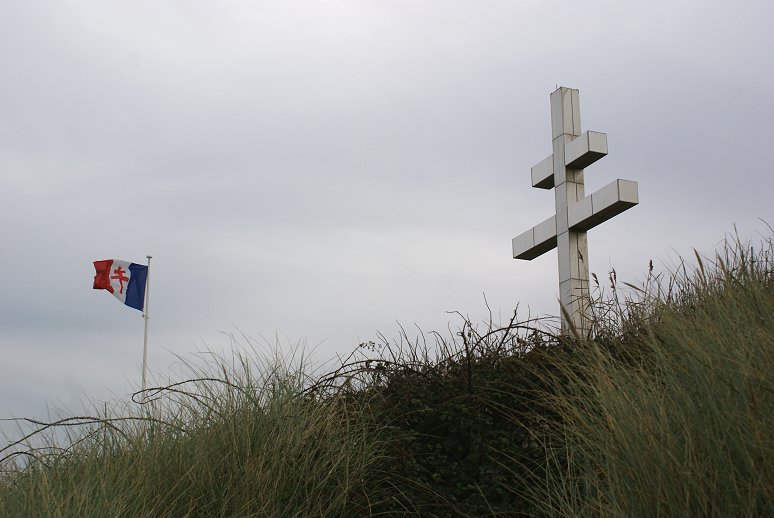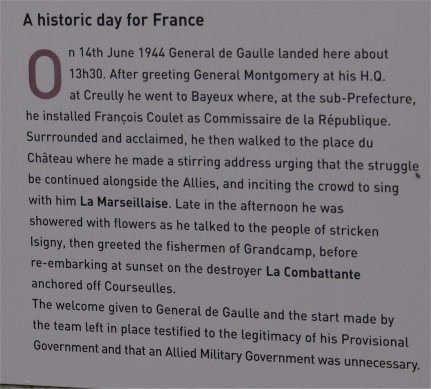British and Canadian Invasion Beaches
Because of later tides, the British and Canadians of the British 2nd
Army would land later than the Americans, at 7:30. An aerial and
naval bombardment preceded the landing. The city of Caen, over
seven miles inland, was the objective for the first day. The 3rd
Infantry Division landed on Sword Beach to the east. The 50th
Infantry Division landed on Gold Beach to the west, and the Canadian
3rd Infantry Division landed on Juno Beach in between.

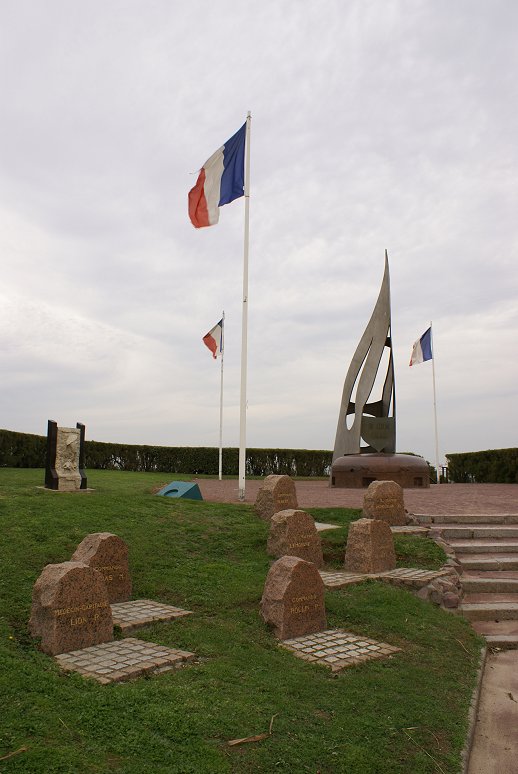
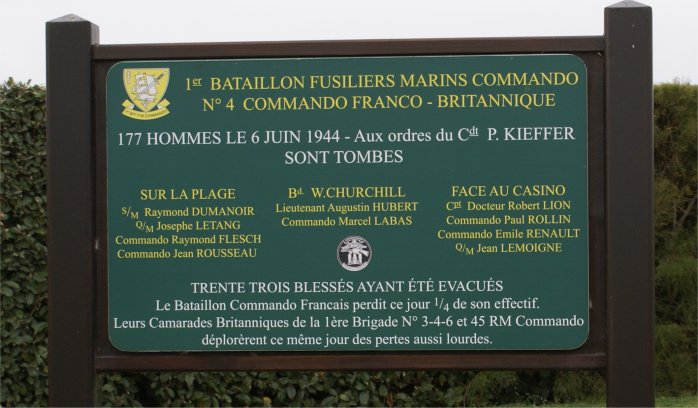
On the far left, or east, the 1st Special Service Brigade landed in the
second wave with attached French commandos under Commandant Kiefer.
The flame monument sits atop a German machine gun cupola.

This is the view looking east from where the French landed. The
large biege building in the right-center is a modern casino.
During the war, across from this casino, was a demolished casino
converted into a German strongpoint. The Allies captured the
position and continued east, capturing German gun positions that were
found to have wooden poles replacing the guns. The Grand Bunker
built to coordinate German artillery was bypassed. This bunker
would hold out until June 9th, forcing follow on waves to land further
west.

Sword Beach
This is the viw looking west from the commando landing area. Like
Omaha Beach, this section of Sword Beach is concave, which made it
easier to defend.
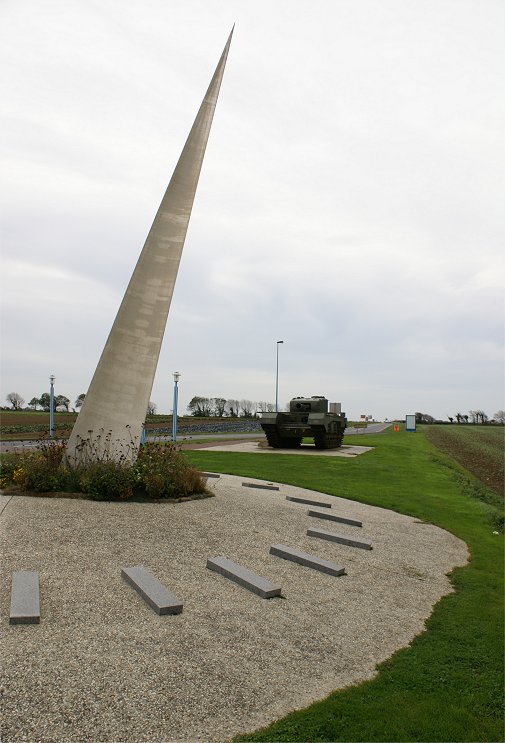
Lion-sur-Mer
The 41st Commando landed on the western flank of Sword Beach
at Lion-sur-Mer. The sundial is a monument to the unit. To its west was the yet unoccupied gap
between Sword and Juno Beaches. The 21st Panzer Division
counterattacked that day, posing a great risk to the invasion. By
8pm they had reached the shore here at Lion-sur-Mer, but British
gliders overhead convinced them to withdrew lest they be surrounded.
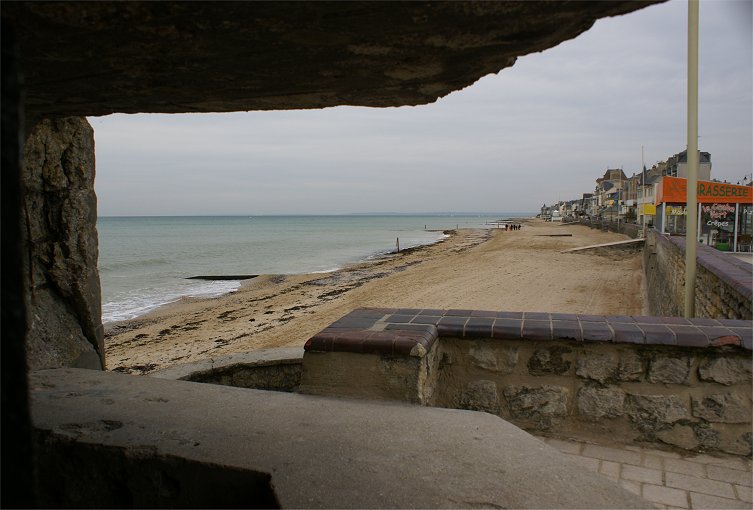
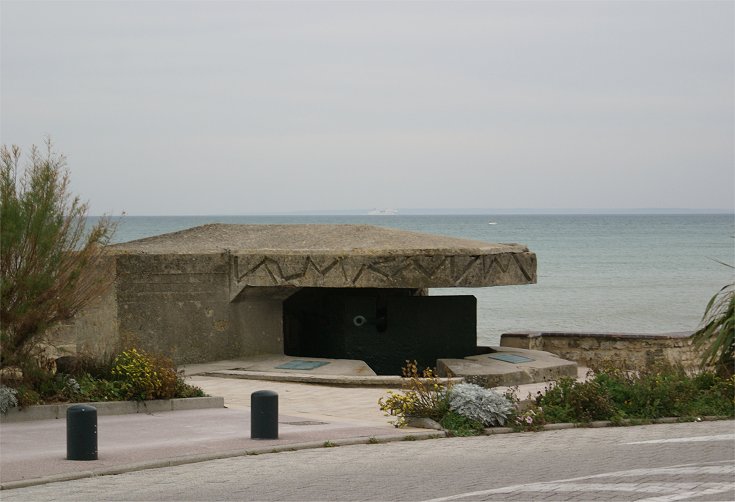
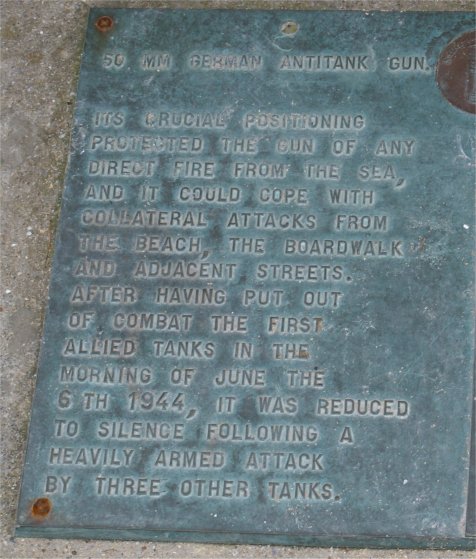
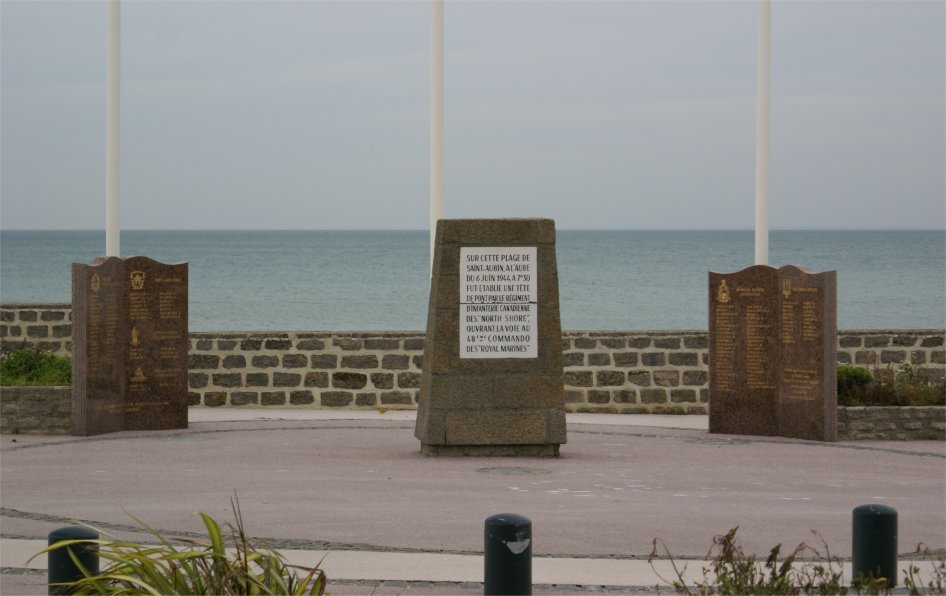
Juno Beach - WN 27
This 50mm German anti-tank gun position on Juno Beach was designed to
be
protected from direct fire from the sea and was protected by wire and
minefelds. Its enfilade fire along
the beach was effective, knocking out several Allied tanks before
surrendering. Anti-tank guns, a specialized AVRE tank and two
other tanks neutralized the position. The nearby monument
commemorates the landing of the North Shore Regiment, the Ft. Gary
Horse, and the 48th Commando.



Juno Beach Near the Canadian Juno Beach Centre. Fortifications, including this machine gun position, still exist.


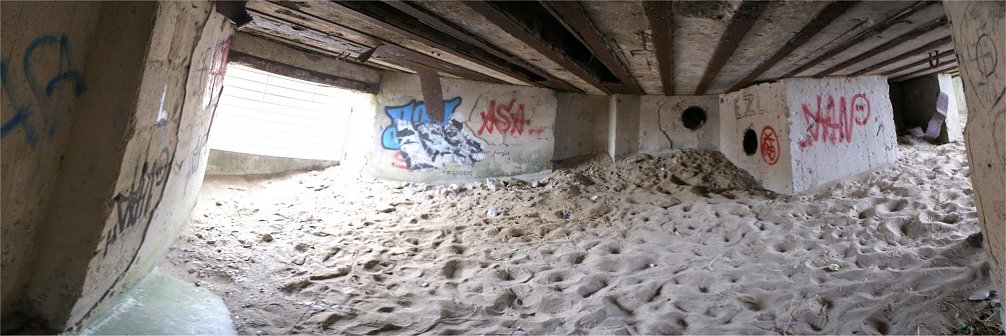
Cosy's Pillbox
Company B, Royal Winnipeg Rifles lost near 3 out of every 4 men.
Arriving before the duplex drive Shermans and the engineering
vehicles, they lost over 20 men before even landing, then crossed
thebeach under heavy fire. The air and naval bombardment had been
ineffective. This position was attacked by Sgt Cosy and 15
men reinforced by roughly 150 engineers. The Germans surrendered
only after an explosion. Just 26 Canadians of Company B remained
at the end of the day.
Juno Beach


AVRE

Juno Beach

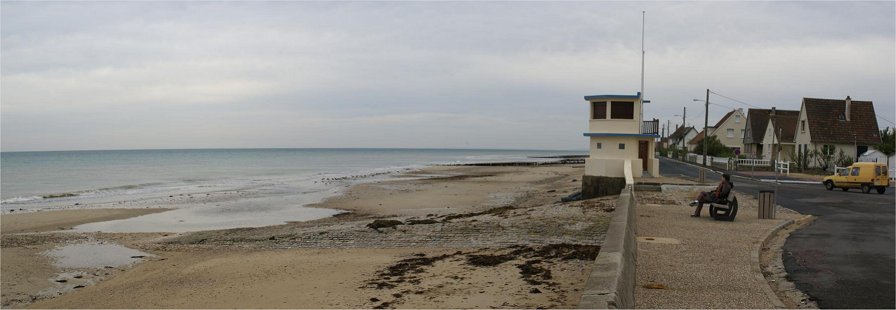
Gold Beach
These are views from where the Avenue du Colonel Harper meets the
beach, where the 2nd Bn., Hertfordshire Regiment landed. Nearby
is a Sexton SP artillery piece.
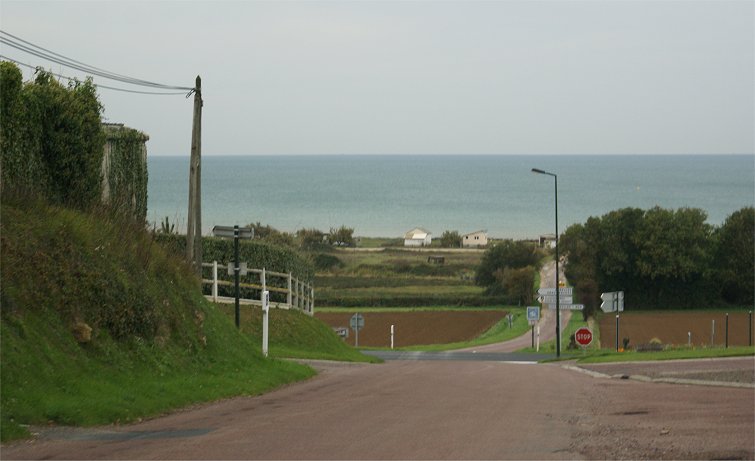
Gold Beach
Further west, bluffs dominate the beach. Further still, cliffs seperate Gold Beach from Arromanches.
Copyright 2010, John Hamill
